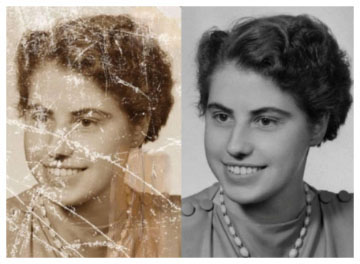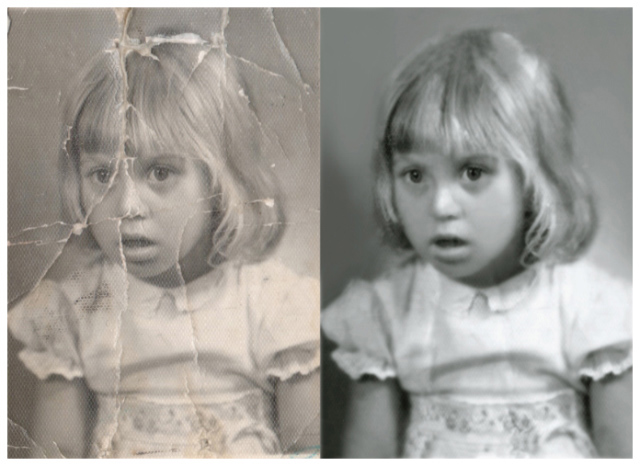AI Technologies
Taking advantage of the experience gained in the field of Software Programming I will use these concepts to illustrate the principles underlying Artificial Intelligence, without going into technical details but remaining on an introductory level.
Traditional Programming
A traditional SW Application can be schematized as shown in the following image:

The sequence of activities first of all establishes the Rules which the specific program must comply with, then these Rules are implemented in the SW Application; from this point on, each time the SW Application receives a group of input Data, it produces the expected Results.
A trivial example can be a program for calculating the Tax Code, the Rules are those established by the States, the Data are the Personal Data of the Citizen, the Result is the TC.
The equivalent of SW Programming for computers is called Machine Learning.
Machine Learning
Unlike the previous case, the ML aims to derive the Rules from the phenomenon observation, and then use them in the prediction of the phenomenon itself.
In this case, the sequence of the activity includes a phase of observation of the phenomenon and acquisition of the related data, called Learning, necessary to establish the Rules.

which is followed by the application of what has been learned, called Prediction.

To use the same previous example, if an adequate number of TCs and related Data are submitted to the machine, the machine is able to build the Rules, then autonomously provide the TC corresponding to specific Data.
The ML is divided into 3 distinct categories in relation to the data available, from which the specific learning methods derive; these categories are normally defined Algorithms.

Unsupervised Learning
This Category (Algorithm Group) does not produce any Predictions since it does not have Results for the Learning phase.
It is used to divide the analyzed samples into different Groups (Clustering), determining the similarities that establish belonging to one group or the other (statistical techniques of Correlation and Pattern Identification are used)
Typical usage examples are:
- Customer segmentation
- Marketing Ad Personam
- Recommendation Systems (suggestions on choices to make)
- Visual Representation of Big Data
- ...
Supervised Learning
This Category basically reproduces the trends of complex mathematical functions; there are Results for the Learning phase, then Predictions and related Error calculation
Each entity you want to estimate is called a Class, if the Class is unique, the Prediction represents the probability that the entity in question belongs to that Class (e.g. probability that the animal in the photo is a cat), uses the statistical technique called Regression; if the Classes are multiple, the Prediction is made up of as many values as there are Classes and each represents the probability of belonging to the Class (e.g. Classes: "Cats", "Dogs" and "Rabbits" the Prediction made on the same previous photo will provide the 3 probabilities of belonging to animal species), the statistical technique used is called Classification
Typical usage examples are:
- Forecast of time-related phenomena (Stock Exchange, Weather, Traffic, etc.)
- Marketing Forecasts
- Medical Diagnosis
- Image Classifications
- ...
Reinforcement Learning
Category that does not use Results for Learning but the "Trial and Error" method which deliberately introduces errors (which represent reinforcement) to increase learning and be able to make more and more accurate decisions. In practice, the machine learns from past experiences which are the best decisions to make based on specific situations.
It is used for Decision Support or Autonomous Decisions.
Typical usage examples are:
- Games Participation (e.g. chess)
- Robot Movements
- Self-driving Vehicles
- Decision Support Systems
- ...
Below is a summary of what has just been illustrated.
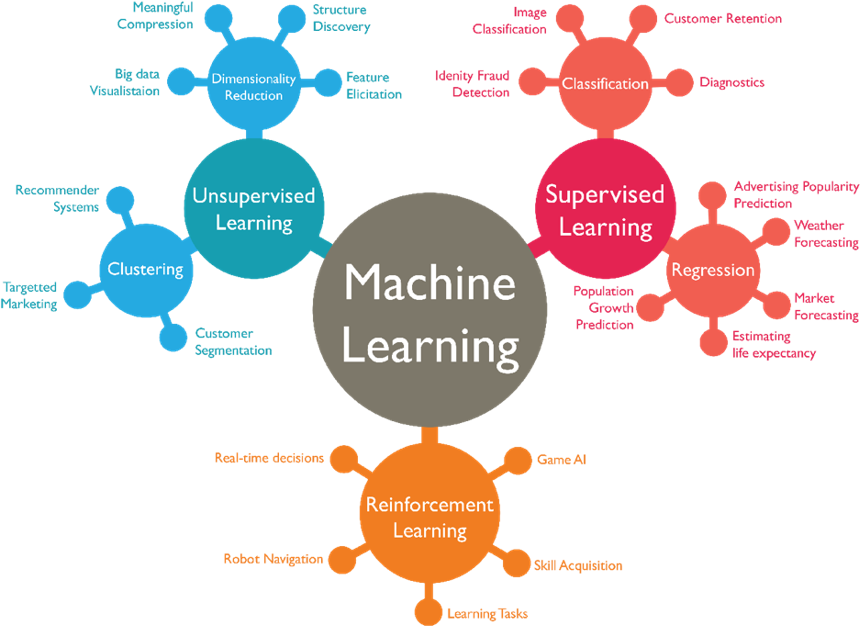
Finally, some examples of ML applications to images, the results of which are immediately understandable.
Image Restoration
Image Colorization
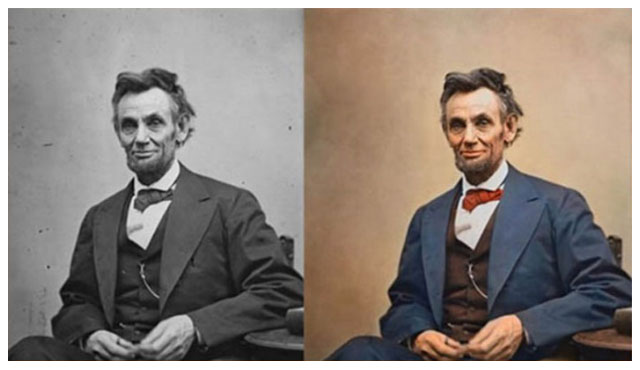
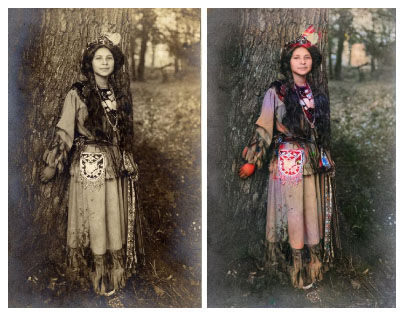
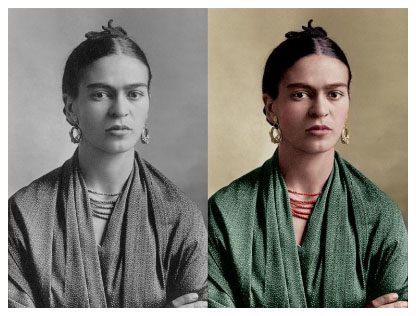
Neural Style Transfer
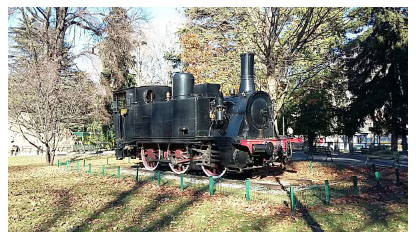

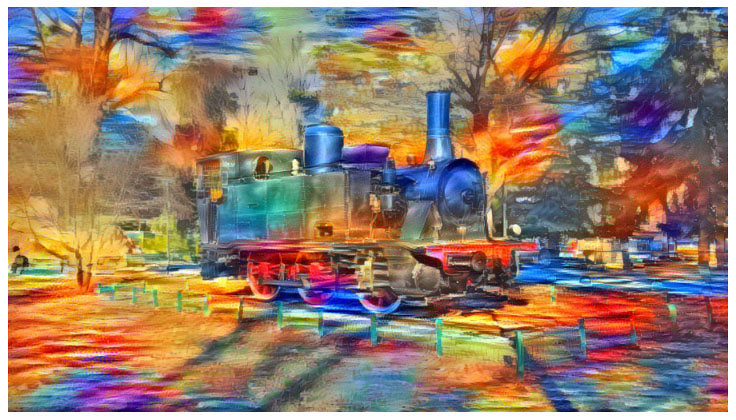

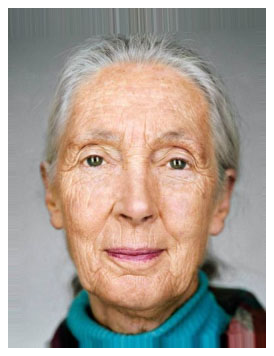
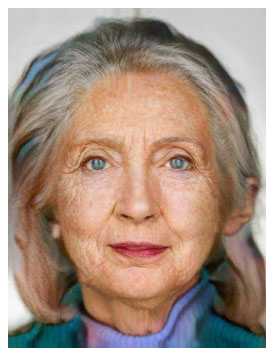

 English (United Kingdom)
English (United Kingdom)  Italiano (Italia)
Italiano (Italia) 

